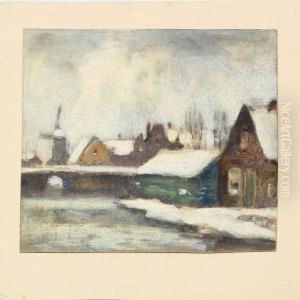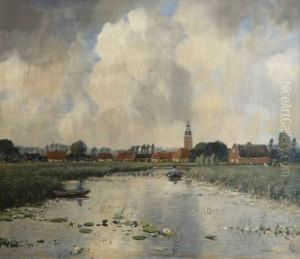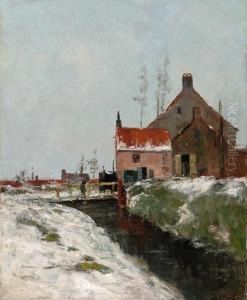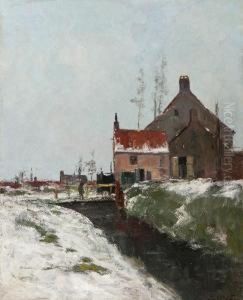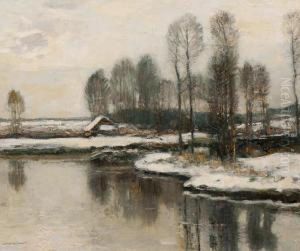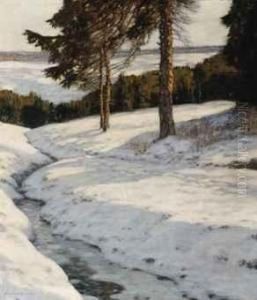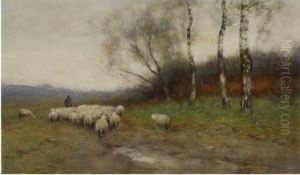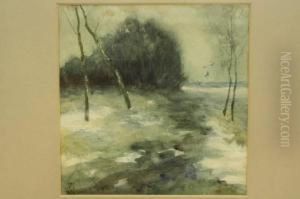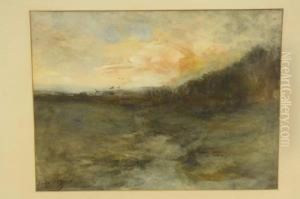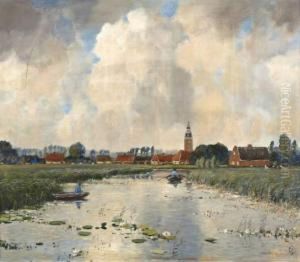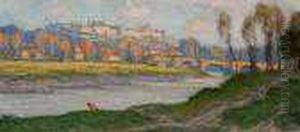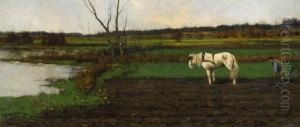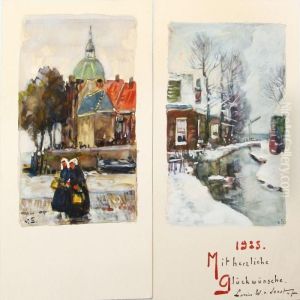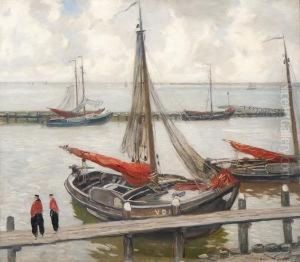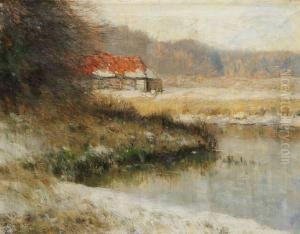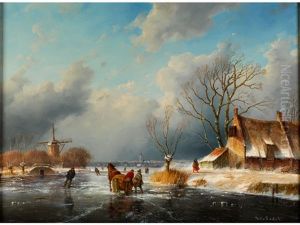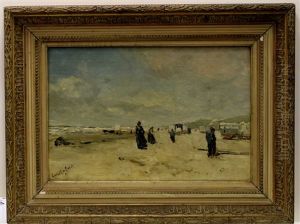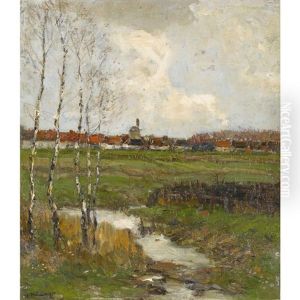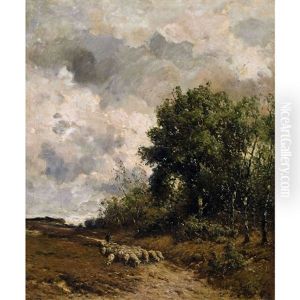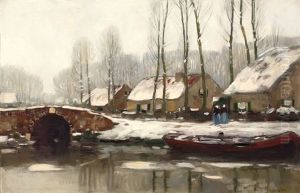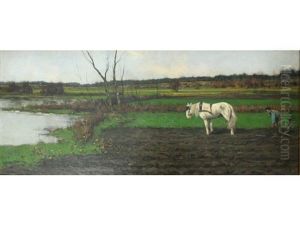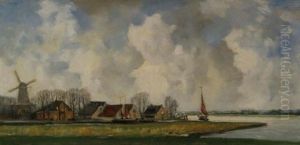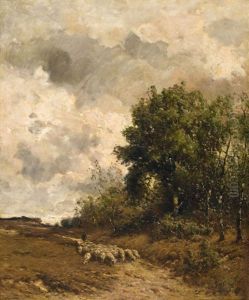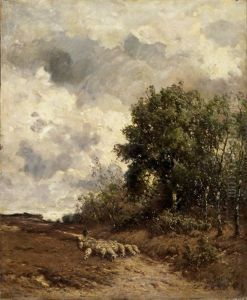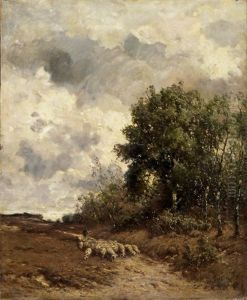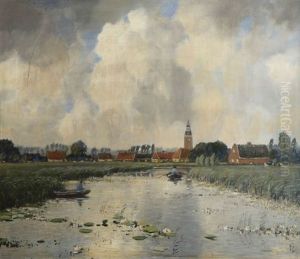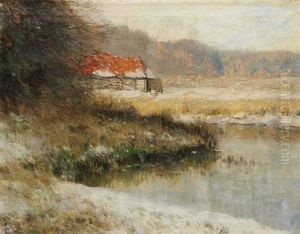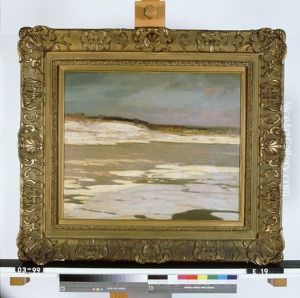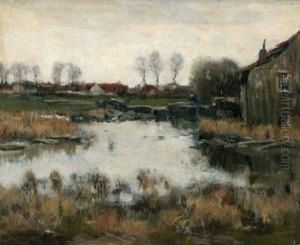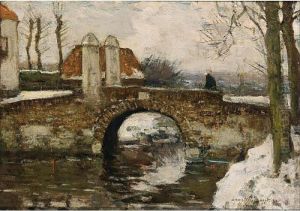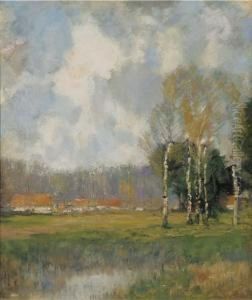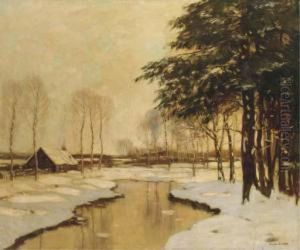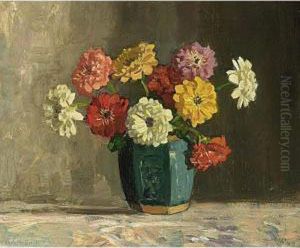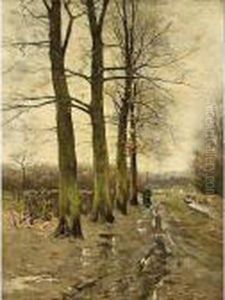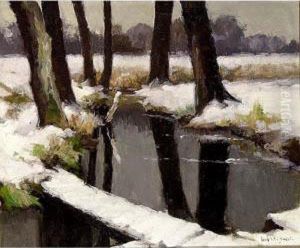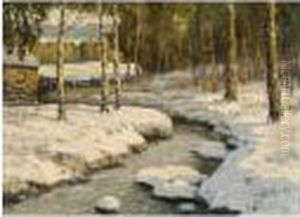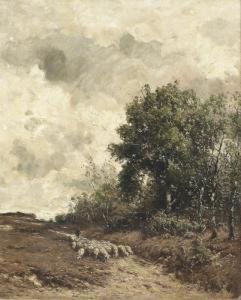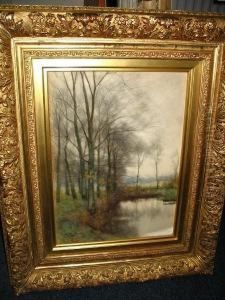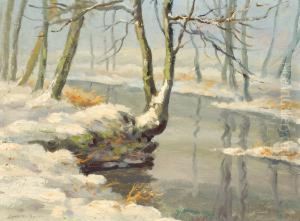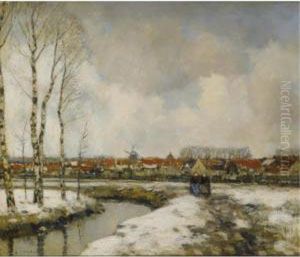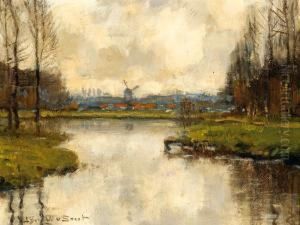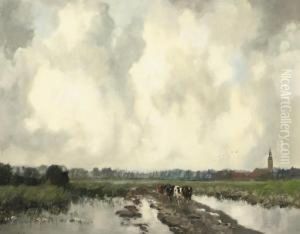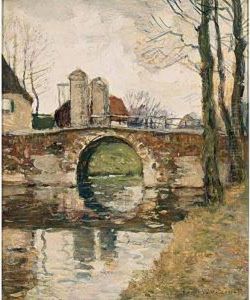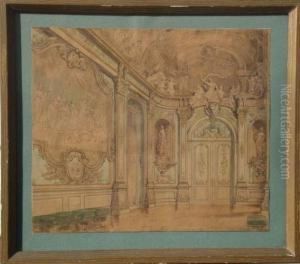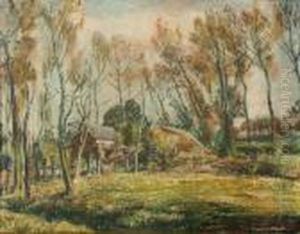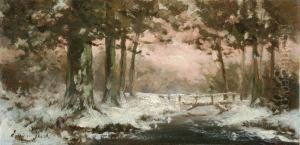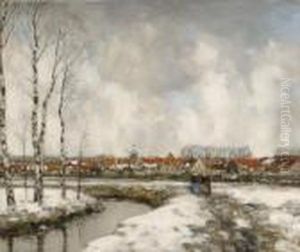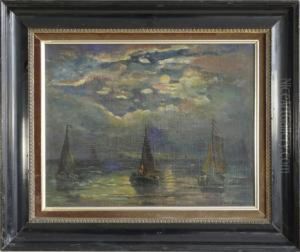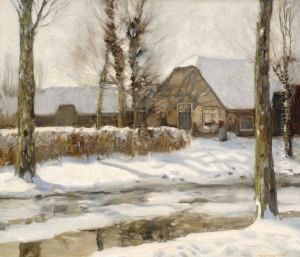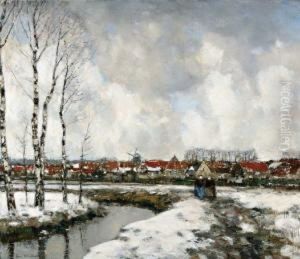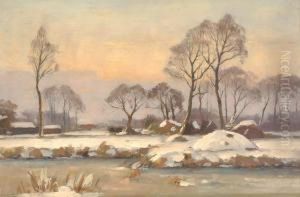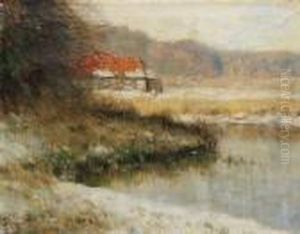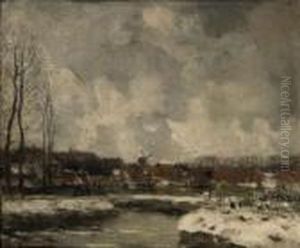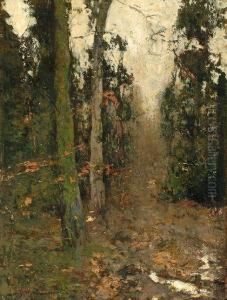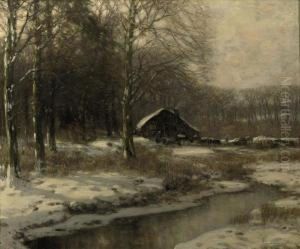Louis Willem Van Soest Paintings
Louis Willem van Soest was a Dutch painter known for his impressionistic landscapes, cityscapes, and still lifes. Born on July 23, 1867, in The Hague, Netherlands, van Soest developed an interest in art at a young age. His early work was influenced by the Hague School, a group of artists who lived and worked in The Hague between 1860 and 1890 and who were primarily known for their realistic landscapes and depictions of everyday life.
Van Soest studied at the Royal Academy of Art in The Hague, where he honed his technique and developed a distinctive style that blended elements of Impressionism with the more traditional approaches of the Hague School. His paintings often featured vibrant colors and dynamic brushstrokes, capturing the changing effects of light and atmosphere.
Throughout his career, van Soest exhibited his work widely, both in the Netherlands and abroad. His paintings were well-received and he gained recognition for his ability to infuse traditional subjects with a sense of modernity and liveliness. Despite the popularity of his landscapes and cityscapes, van Soest was also an accomplished still life painter, and his compositions featuring flowers and everyday objects are particularly noted for their delicacy and precision.
After establishing a successful career in The Hague, van Soest moved to Voorburg, where he continued to work and teach. His later work showed an increasing interest in the play of light on surfaces, a theme that would occupy him until the end of his life.
Louis Willem van Soest passed away on October 3, 1948, in Voorburg. Today, his paintings can be found in various Dutch museums and are appreciated for their contribution to the transition from the traditional Dutch landscape painting to the more modern movements of the late 19th and early 20th centuries.
